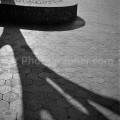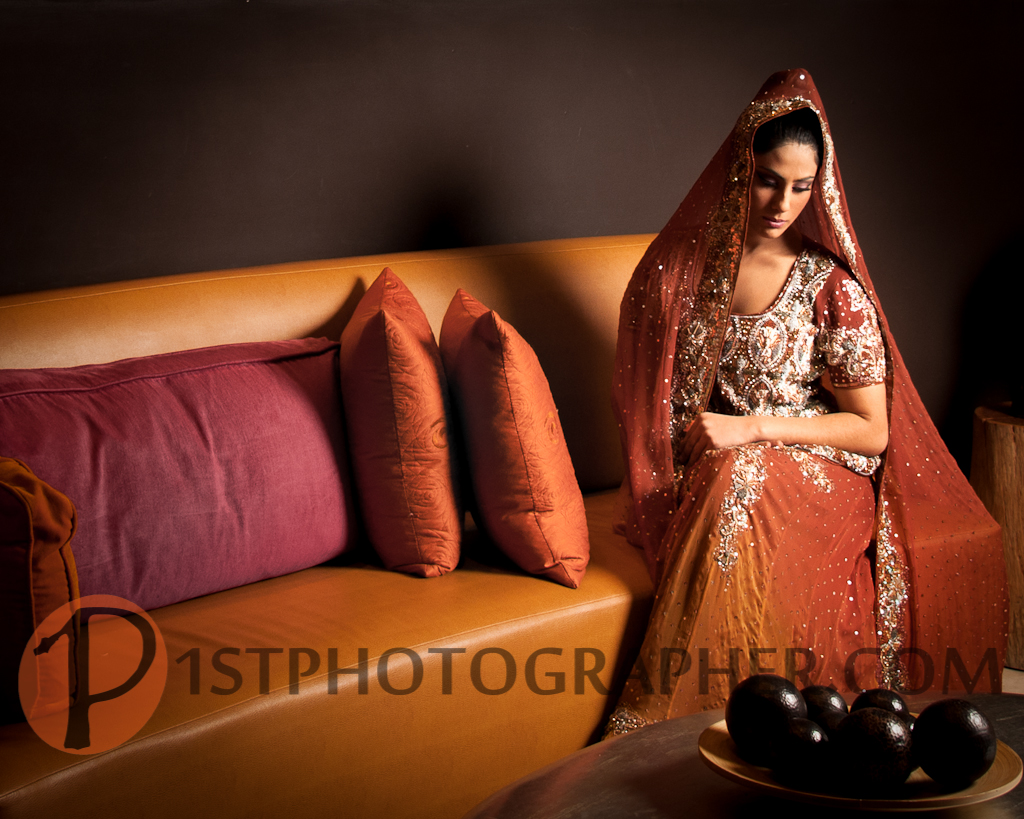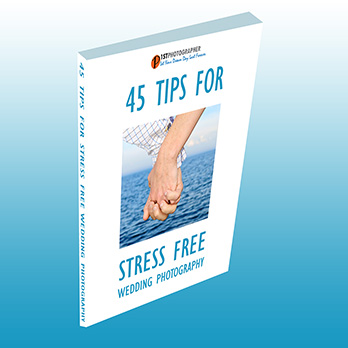The center of interest in a frame is the key element and everything around it should work to showcase it. The background, especially when it occupies a significant portion of the frame can be a distraction if the photographer is not paying due attention to it.
Cases where backgrounds can be distracting:
- It occupies more space than it should
- It is too bright compared to the focal point
- It is too busy or has something that just does not help the composition
- It is too colorful or has a bright colored object
Here are 7 tips for better background in photographs:
Analyze the scene before looking through the viewfinder – You must make it a practice to visualize the final print before composing the shot in the camera. Try to look for any potential distraction listed above so that you know what to exclude from the frame.
Choose a different viewpoint – Sometimes shooting from a higher angle will let you have a more uniform surface such as ground or water as background.Sometimes shooting from a lower angle will remove a distracting background like people moving around to a more acceptable one such as sky or a distant building. I shot the picture of the dancing bride and groom from a low angle to minimize the effect of a busy background filled with the seated guests.
Make proper use of depth of field – A busy background can be rendered less distracting by differential focusing. This is a common technique used in portraiture as shown in the portrait of the girl – the background has been softened by making it out of focus. Still an out of focus bright patch or blob of color will be a big distraction and differential focusing may not be enough. See if you can hide it behind the subject of interest.
Use differential exposure – If the key element is well lit and the background is in shadow, the background will be underexposed and a busy background could be thus rendered unobtrusive. Darker tones are less distracting. In the picture of the couple at a cafe, the clutter in the background is not a problem since it is in the shadows.
Wait for the right moment – Sometimes things get better by waiting – such as light can get favorable or a distracting bystander can move away. If you can anticipate you can still get the shot by patiently waiting without drawing attention to yourself.
Make background an integral part – This is especially true for landscapes and environmental portraits. In the portrait of the lady at the Rockefeller Plaza in New York City, I wanted to show her surroundings and kept the background as a key element in the picture.
Use background creatively – such as blurring it to suggest time or motion. Panning a moving object servers two purposes – it creates a sense of motion and the same time it makes a busy background less disturbing.
The background often does not get the attention it deserves. Just think about it is the canvas on which you have to create your photograph. If the canvas is poor, how do you think the photograph would be?





